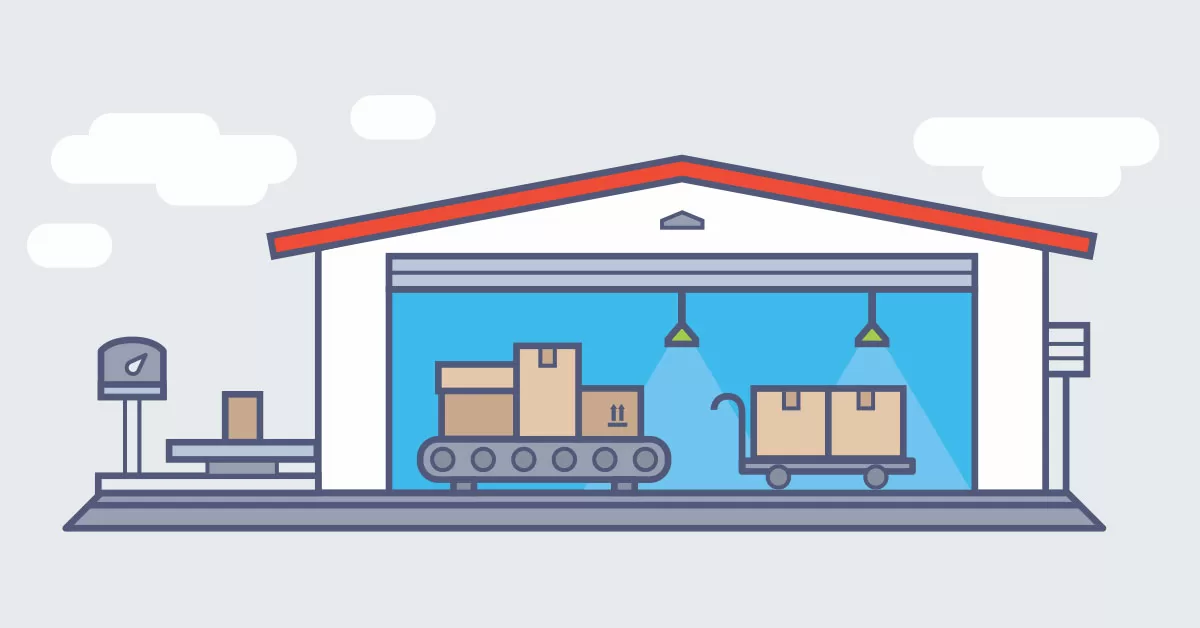6 Self Storage SEO Tips for 2024

SEO remains an integral digital marketing approach for the self storage industry. By achieving high search rankings for relevant search terms such as “self storage Mission” or “self storage Victoria”, a self storage facility can attract quality prospects to their websites. Here are six SEO self storage tactics self storage businesses should use in 2024 to excel their SEO performance.
Create a Landing Page for Each Service in Each Location and Include Location-Specific Keywords in the SEO Title
Create a landing page for each self-storage facility and include targeted keywords, including location-specific ones, in the SEO title tags. For example, if your self-storage facility is located in Downtown Calgary, ensure the landing page incorporates keywords like ‘Self Storage Downtown Calgary – Storage Units’ in the SEO title tags. This optimization helps the location page rank for search queries such as ‘self storage Downtown Calgary’ or ‘storage units Downtown Calgary’.
Earn Quality Backlinks to Location Pages Regularly
Backlinks remain a crucial aspect of SEO. The more high-quality backlinks your website earns, the higher its chances of appearing prominently in Google search results. It is particularly beneficial for your SEO performance when your location pages acquire backlinks, as this increases the likelihood of these locations ranking well in search results for location-related search terms.
Engage in Internal Linking Using Blogs Regularly
Internal linking involves linking from one page on your website to another webpage on the same site. When writing a blog post, include an internal link to a relevant location page. For instance, if you’re writing about self-storage tips, hyperlink the anchor text ‘self storage’ to a location page such as https://selfstorage.ca/self-storage/mission-bc-v4s-0c4. Engaging in internal linking can further enhance the ranking of your location pages for self-storage-related search queries.
Deliver High-Quality Images that Are Under 100KB
Pagespeed is a critical aspect of SEO because it directly impacts a website’s user experience, and Google considers user experience when ranking websites. Large images can significantly decrease a website’s pagespeed. It is recommended to keep image file sizes at 100KB or less. If you can maintain high-quality images on your website while keeping their file sizes under 100KB, it is advisable to do so.
Encourage Google Reviews with ‘Self Storage’ or ‘Storage Unit’ Keywords
Google uses keywords from Google Reviews to rank a Google Business Profile (GBP) on the Google Map Pack. For instance, if a GBP contains Google Reviews with keywords such as ‘self storage’ or ‘storage units’, it stands a better chance of appearing for search queries related to those terms. Therefore, it’s advisable to prompt customers to leave Google Reviews about your services, incorporating the keywords ‘self storage’ or ‘storage units’ in their reviews.
Audit Location Pages Regularly to Ensure They Consistently Appear in Google Search Results
There have been several incidents with Google search results where webpages are deindexed or removed for unspecified reasons. When this occurs, it can significantly impact a website’s organic traffic. Therefore, it’s important to regularly audit the location pages each week to ensure their visibility on Google search results. If you discover that a location page is missing from Google search results, you can submit the page for indexing.
SEO remains an integral part of digital marketing for the self-storage industry. By achieving high search rankings, self-storage businesses can attract quality traffic from prospects who are searching for ‘storage units’ or ‘self-storage’ near their location. To improve or maintain search rankings, self-storage businesses can use the self storage SEO tips provided above. If you have any questions about self-storage SEO, please feel free to reach out, and we will be happy to assist you.

